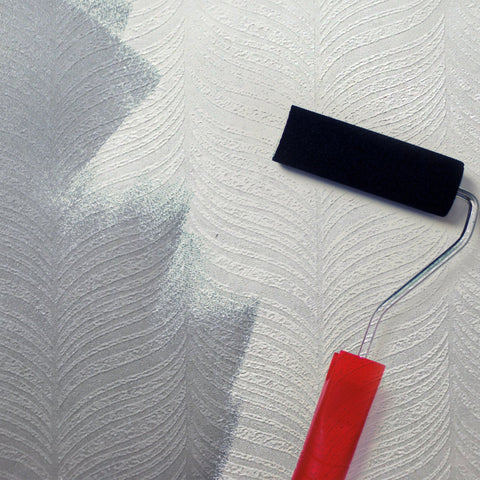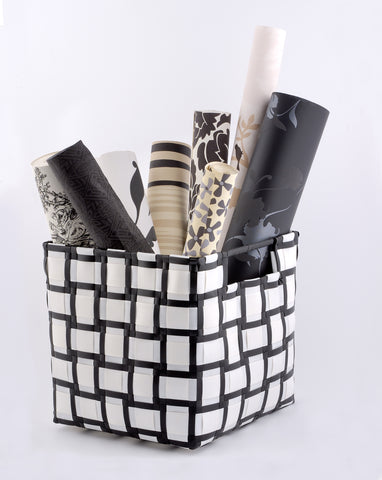
Painting your Wallpaper
Upgrading your room with some unusual Wallpapers can be a fun and creative interior design solution. But what happens when they get old, you get new furniture, and they don't fit together well, or you don't like Wallpaper anymore? The answer is very simple – just repaint the Wallpaper in the desired color.

But before you reveal your inner artist and paint your room, double check the Wallpaper status. If they begin to peel off by themselves, it is best to tear it all off and replace them or paint on a clean surface. However, if the Wallpaper looks quite respectable and are in acceptable condition and well glued to the wall, you can begin to perform the task. It is important to understand what material you are working on. Coloring textured Wallpaper or coatings with a dense fabric base do not allow the application of colors. So if you are determined to change the appearance of your room, you should tear them off the wall. It is always great to do a “patch” test on the Wallpaper and see how it will look and how it will absorb the paint 24-48 hours before the full application.

Features of applying paint on Wallpaper that everyone should know
You will paint on top of the Wallpaper, but that doesn't mean you won't encounter any damage on the wall. Torn or raised pieces of paper are the most common. You can use a gummy knife to tear off loose ends, or you can just glue them back to the wall. Both methods can provide a smooth surface.
There are several basic rules for applying and painting Wallpaper:
- You will work with chemicals when you clean the wall. To protect yourself, wear a mask, goggles, old clothes and thick gloves. You should also open the doors and Windows to keep the room ventilated.
- Thoroughly clean the entire surface, wipe the walls with a cleaning solution with a soft sponge or brush.
- Rinse the Wallpaper. When the wall is completely dry, wipe it with a clean damp cloth. The cloth used must be not too wet. If you use too much water, you can damage the walls or Wallpaper.
- Let the wall dry before proceeding.
- Cover the seams with a joint compound. Use a drywall knife to apply the compound to the seams with a thin layer. Let it dry before sanding.
- Repair damage with putty and glue. Review the wallpaper for holes and any places where the wallpaper peels off. Seal the holes by filling them with a layer of putty.
- Primer and paint should be applied to the polished areas. Gently run the grinding blocks over the entire surface of the Wallpaper. Pay special attention to areas such as seams.
- Apply primer or sealant to the wall. Use a brush or roller to add a coat of primer or sealant to your wallpaper. Apply it the same way when you apply paint, and make sure that you get into corners and cracks.
- Give the wall enough time to dry. You should not paint the wall until the primer is dry. The drying time depends on the type of material you used.
- Before painting, protect the skirting boards and window frames with masking tape. Make sure there are no gaps in these areas as the paint may leak out. Apply the paint using the "M" pattern. Use the paint roller to wind the paint in the shape of the letter "M". Then create another letter "M", which overlaps the first. Continue to draw in the shape of the letter "M" until the wall is completely covered with paint.
- Let the paint dry and apply a second coat. Usually applying two coats of paint gives better results. If your paint is not as dark as you want, or if some Wallpaper is visible through the paint, apply a second coat.
- Remove masking tape.

Stick to these rules, and your Wallpaper will delight you for a long time.
